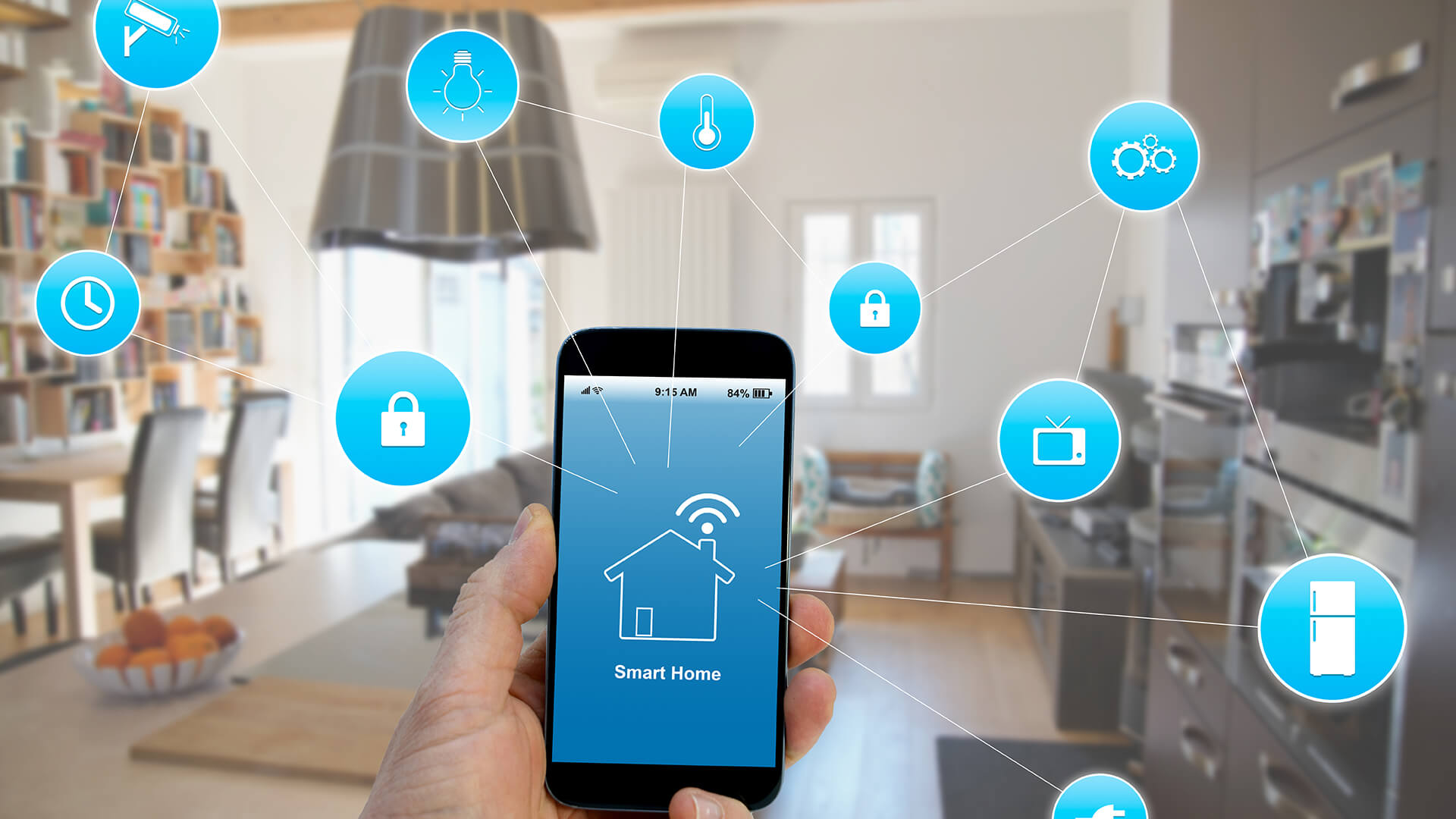Blitz News Digest
Stay updated with the latest trends and insights.
Smart Homes: Where Convenience Meets Chaos
Discover how smart homes blend ease with unexpected challenges. Is your home a sanctuary or a tech nightmare? Find out now!
The Rise of Smart Homes: Balancing Convenience with Security Risks
The rise of smart homes has revolutionized the way we interact with our living spaces, offering unparalleled convenience through interconnected devices that streamline daily tasks. From smart thermostats and lighting systems to integrated security cameras and voice-activated assistants, these technologies have made home management easier than ever before. However, with this convenience comes a set of challenges, particularly regarding security risks. As more devices become connected to the internet, the potential for unauthorized access increases, making homeowners vulnerable to cyberattacks that can compromise personal data and physical safety.
To address these concerns, homeowners must strike a balance between the allure of smart home technology and the need for robust security measures. Implementing strong passwords, regularly updating software, and utilizing secure networks are essential steps in safeguarding their smart environments. Additionally, education on the potential risks associated with each device and adopting best practices in digital security can significantly mitigate the threats. By fostering a culture of awareness and vigilance, homeowners can harness the benefits of smart technology while minimizing its inherent risks.

Top 5 Smart Home Devices That Could Simplify Your Life (or Complicate It)
In today's fast-paced world, smart home devices have emerged as essential tools that can either simplify our daily routines or add a layer of complexity. With countless options available, it can be challenging to determine which devices genuinely enhance convenience and which may create new complications. Here, we explore the top five smart home devices that could revolutionize your living space, making daily tasks easier or potentially causing more headaches than they're worth.
- Smart Thermostats: These devices allow you to control your home's temperature remotely, learning your preferences over time. While they can lead to significant energy savings, a poorly configured device can result in uncomfortable temperatures.
- Smart Speakers: Voice-activated speakers can manage your home automation and play music effortlessly. However, privacy concerns may arise as they constantly listen for commands.
- Smart Lights: Change your lighting with a simple command. But managing multiple systems can quickly become overwhelming.
- Smart Security Cameras: These provide peace of mind, but can raise issues regarding privacy and constant notifications.
- Smart Plugs: Perfect for turning ordinary devices into smart ones, but if misconfigured, they can lead to a tangled web of automation.
Are Smart Homes Worth the Investment? Exploring the Pros and Cons
Smart homes have gained significant popularity in recent years, prompting many homeowners to question whether they are worth the investment. On the pro side, smart home technology can enhance convenience and efficiency. For instance, devices such as smart thermostats and lighting systems allow homeowners to control their environment remotely, leading to energy savings and increased comfort. According to a survey, homes equipped with smart technology can see reduced energy bills of up to 30%, making the initial investment more appealing.
However, there are also cons to consider. The upfront costs of purchasing and installing smart home devices can be substantial, and the integration of various systems can be challenging. Additionally, concerns about security and privacy arise, as smart devices can be vulnerable to hacking. It’s essential for potential buyers to weigh these factors carefully. To help you make an informed decision, here are some key points to consider in a pros and cons list:
- Pros: Energy efficiency, convenience, and increased property value.
- Cons: High initial costs, potential security risks, and technology compatibility issues.